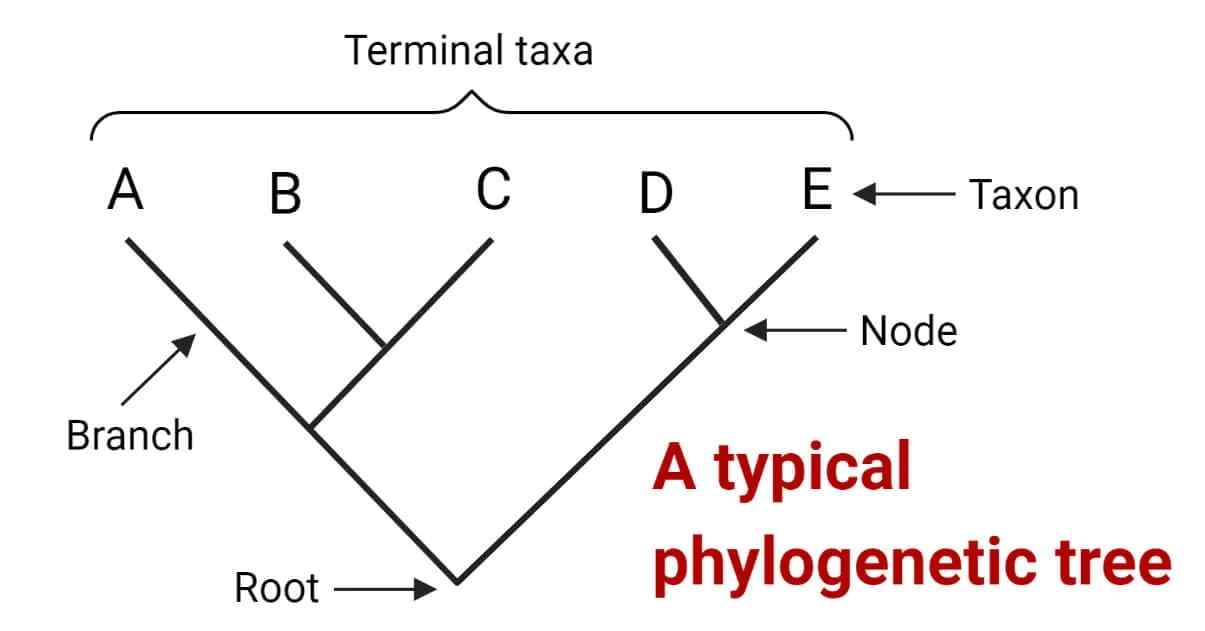Phylogenetic analysis is a field of study in biology that focuses on reconstructing the evolutionary relationships among organisms. The word “phylogenetics” comes from the Greek words “phylon” (meaning tribe or race) and “genetikos” (meaning origin). It examines the evolutionary history and relatedness of different species, populations, or genes by examining their shared characteristics and genetic makeup.
Phylogenetic analysis relies on the assumption that species with more recent common ancestors will share more similarities in their genetic sequences or physical traits compared to species with more distant shared ancestors. By analyzing these similarities and differences, scientists can construct phylogenetic trees, graphical representations of the evolutionary relationships among organisms.
There are various methods used in phylogenetic analysis to reconstruct these evolutionary trees, including:
1. Molecular Phylogenetics: This approach uses molecular data, such as DNA sequences, RNA sequences, or protein sequences, to infer evolutionary relationships. Standard methods include Maximum Likelihood (ML) and Bayesian Inference, which use statistical models to estimate the most likely evolutionary tree given the molecular data.
2. Distance Matrix Methods: These methods calculate the genetic distances between sequences and construct a tree based on these distances. Neighbor Joining is one of the most commonly used distance-based methods.
3. Parsimony Analysis: This method aims to find the tree that requires the fewest evolutionary changes (such as mutations or character state changes) to explain the observed data. It assumes that the simplest explanation is the most likely.
4. Maximum Likelihood: This method estimates the parameters of a model of molecular evolution that maximizes the likelihood of observing the given data under that model. It’s a probabilistic approach that considers the likelihood of different evolutionary scenarios.
5. Bayesian Inference: Similar to Maximum Likelihood, Bayesian Inference estimates the parameters of a model of molecular evolution, but it also incorporates prior knowledge about the parameters into the analysis. It provides a probabilistic framework for estimating phylogenetic trees.
6. Phylogenetic Networks: Sometimes, evolutionary relationships may not be tree-like due to processes like hybridization or horizontal gene transfer. Phylogenetic networks represent these more complex evolutionary histories.
These methods can be used individually or in combination to reconstruct phylogenetic trees and understand the evolutionary relationships aong organisms. Phylogenetic analysis has applications in various fields, including evolutionary biology, systematics, epidemiology, and conservation biology.
